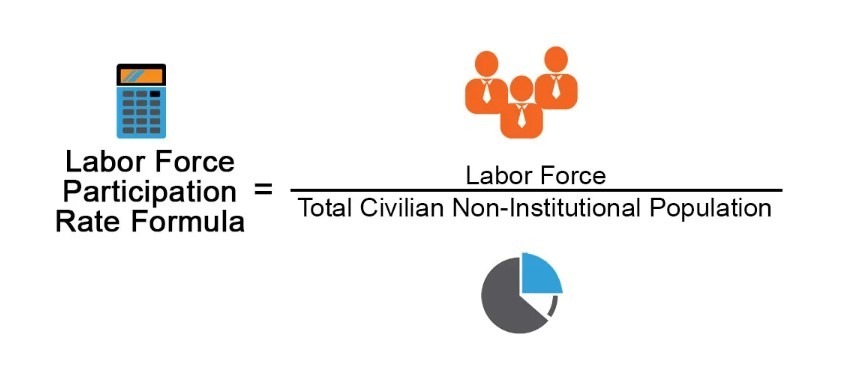
What is the Labor Participation Rate and how does it impact employers and the economic outlook?
According to OECD.org, “The labor force participation rate is calculated as the labor force divided by the total working-age population. The working age population refers to people aged 15 to 64. This indicator is broken down by age group and it is measured as a percentage of each age group.”
There are many factors impacting the Labor Market in 2023 including the benefits’ cliff, boomers exiting the workforce, the rate of working-aged males declining, women leaving the workforce by the millions and the decline in fertility rates.
One reason some workers are deciding not to work or to stay in low paying jobs is the Benefits Cliff. The benefits’ cliff occurs when an increase in someone’s pay triggers a greater loss in public assistance such as food, healthcare, childcare and housing. This happens because public assistance does not gradually decrease as income rises. Instead, it “drops off a cliff” at a certain income. This leaves prime candidates stuck between a rock and a hard place. Some may be quick to fault those not participating because of this or not participating fully (working less than full time in order to keep their benefits), but these individuals are making an economic decision and a wise one at that.
Next, we have the mass exodus of the baby boomers. Boomers made an economic decision to remain in the labor force during the great recession, causing them to begin exiting the labor force much later than historically anticipated. Now, boomers are retiring at a staggering rate. While we are still living in a work world created by the boomers, they are no longer the primary contributors. According to PEW Research Center, the number of baby boomers exciting the labor force has grown by about two million since 2011. Then, from 2019 to 2020 the numbers jumped by 3.2 million.
Why does this matter? Well, this group is often vacating higher level positions in their companies and the transfer of knowledge can be a challenge. Not to mention boomers aren’t being replaced at the same rate of exit and some who are retiring are passing down tremendous amounts of wealth to their children. This creates children that more than likely won’t be filling their parents’ shoes.
According to The Demographic Drought by Emsi male millennials are the next group that are in sharp decline in the labor force. Males have been AWOL since 1980. With boomers having such wealth, it left men not taking on the responsibility of getting a job until after 20 or moving out of their parents’ home either. Another economic decision. Add in the opioid epidemic, and males of prime age are being taken away from the market. Also, among the Millennials, there has been a shift from full-time work to part-time work. The reason for this says Lightcast in The Demography Drought is video games, yes video games!

Men aren’t the only ones we are looking at here. According to the latest Women in the Workplace Study by Lean In and McKenzie & Company, women are demanding more from work and are leaving their companies in order to get it. Some are referring to it as the “Great Breakup”. In addition, childcare prices are soaring and quality care is a challenge to find. That leads to women taking on the majority of the child care responsibilities. Again, this is another group is making an economic decision. Paying for quality childcare is often more expensive than bringing home a paycheck to cover it, so women are opting out. One report found that from 2020 to 2021 mothers took on the majority of child care responsibilities, spending an average of 7.1 hours per day caring for their children.
Finally, BLS.gov shares that population is the single most important factor in determining the size and composition of the labor force. So, what does that mean for the downward trend in US Fertility Rates? There is a growing number of childless US adults who don’t expect to ever have children. Again, are they making an economic decision not to have children? What impact does this have on the future of the Labor Force Participation Rate? Evidence would point to the conclusion that it will continue to decline under these circumstances.
Many people are making decisions based on a variety of factors, including the economics of working, to opt out of the labor force or not opt for full time participation. What does this mean to our macroeconomic situation? And what does this mean for employers? In order for people to opt to enter and remain, we will all have to think about how to weigh costs and benefits of such decisions.



